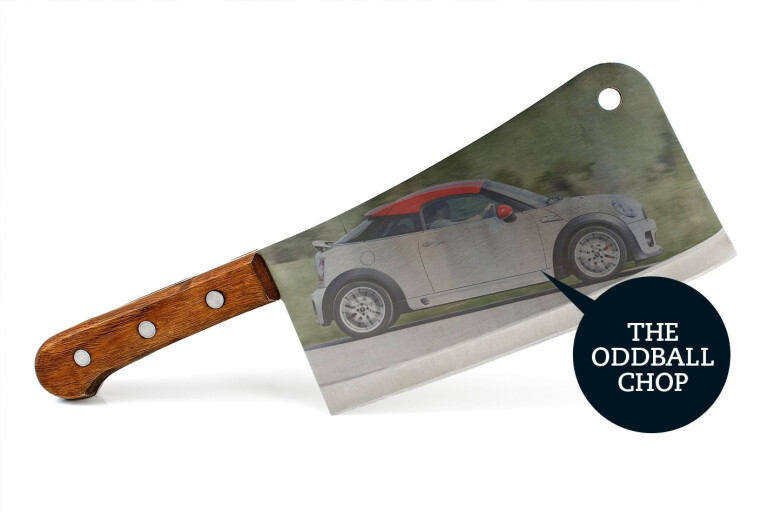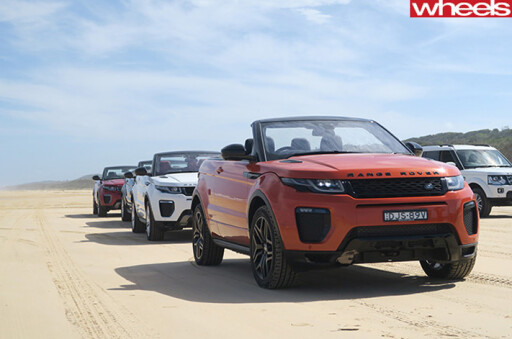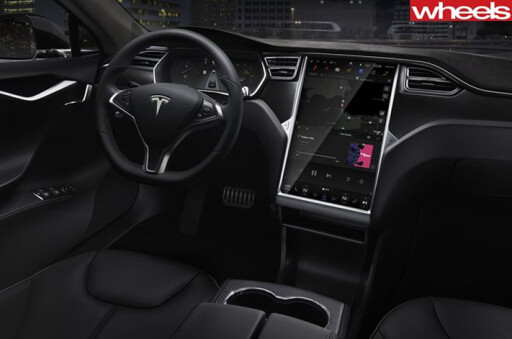
Nature abhors a vacuum, but not nearly as much as the top end of the car industry.
However small and unlikely the gap might be, a premium automaker will try to fill it. Even if the result - like the Range Rover Evoque convertible - has em' rolling in the aisles.
Yet having one of everything makes a huge amount of sense to premium manufacturers trying to increase their volumes beyond long-since saturated segments.

In these days of matrix platforms and flexible factories, the costs of creating a different variant have fallen dramatically, hence the Venn Diagram product planning that leads to a proliferation of ungainly SUV coupes.
The logic is to have an answer to every question, to enable that slick sales executive to outflank any showroom objection. So if you go in to look at the BMW X5 and then decide it’s a bit too staid, you’ll be shown an X6. If that won’t fit in your garage, how about a BMW X4? Still too tall? Try this 4 Series Gran Coupe on for size. Meanwhile, Audi seems determined to offer a Q-badged crossover for every integer between 2 and 8 and, in the CLS Shooting Brake, Mercedes sells a wagon version of a four-door coupe that’s spun from a conventional sedan.

Yet it looks as if we’re close to peak variant; we may even have passed it. Both BMW and Mercedes have confirmed they are planning to trim their model trees, with slow-selling derivatives set to face the axe – indeed the non-replacement of the previous-gen Mini Paceman, Mini Coupe, and Mini Roadster indicates how brutal a cull can be.
Sadly the cars most likely to find themselves in the crosshairs are the slow-selling coupe versions that, although appeal to enthusiasts, don’t work in Asian markets.
Model cycles are also likely to be extended, with Peter Mertens, Audi’s newly crowned head of R&D, admitting that cars will have to live for longer as resources are diverted into autonomous tech and electrification. Audi is also looking towards the idea pioneered by Tesla of incremental software upgrades during the life of a car to keep it feeling fresh, or even to unlock new functionality. Why change your car if, for a couple of grand, you can knock a couple of seconds off its 0-100km/h time, or unlock next-level autonomy?

Then factor in the car industry’s seemingly widespread belief that electric cars have to be physically different. Mercedes and Audi have both said that their myriad of forthcoming EVs will get distinct sheetmetal so they don’t get confused with old-fashioned internal-combustion models, following BMW’s lead with its i-badged variants. That means the diversion of more design and engineering talents, leaving less resources for mainstream models.
There’s also the increasing problem of buyer fatigue; the sense of seen-it-before that threatens to turn even the esoteric into conservative choices, like the fractional visual differences between an Audi A5 Sportback and an A7. It’s telling that Tesla has taken more than 300,000 deposits worldwide for the Model 3, a car that, beyond its clever EV tech, just looks like a regular hatchback.
Breeding like Mercs
Go back to 1980 and the Mercedes family tree looks positively sparse. The company sold just five model lines – the ‘W123’ sedan, S-Class, SL, G-Wagen, and – in microscopic volumes – the 600 Pullman. Between all body styles there were just eight variants. By 2000, that had risen to 10 lines (A-Class, C-Class, E-Class, S-Class and CL, CLK, SLK, SL, ML-Class and G-Wagen) and 13 body versions. In 2017, across all markets we have 15 model lines (excluding trucks) and 29 derivatives. Prizes if you can name them all.

COMMENTS